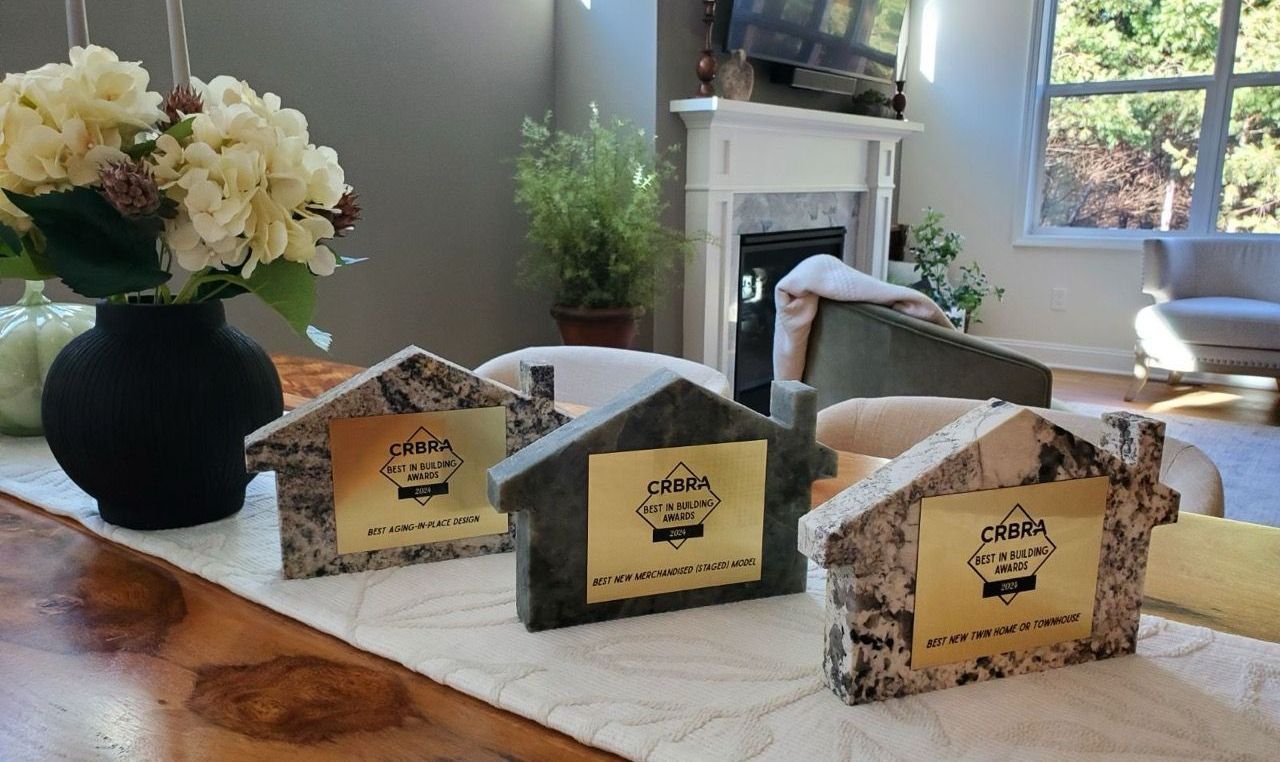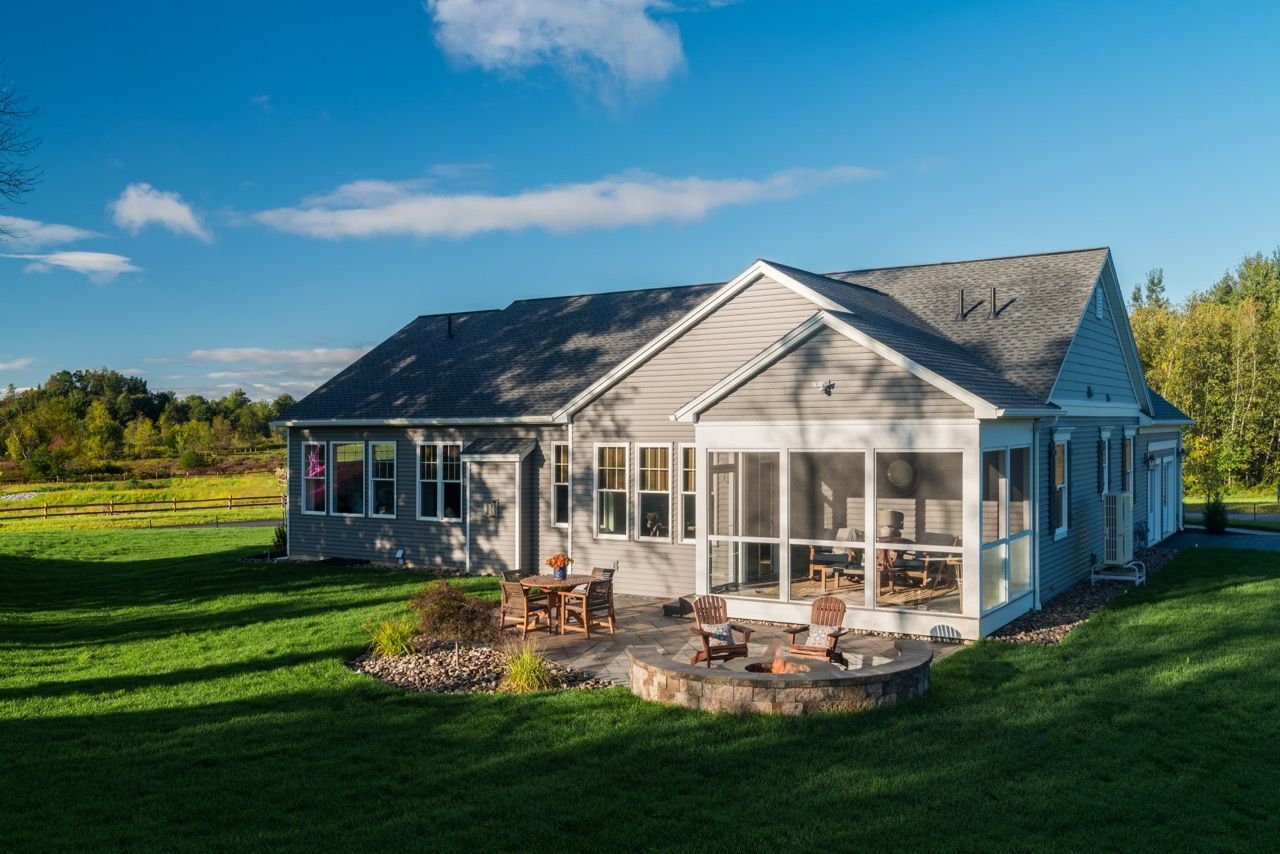Start Your Home’s Summer Maintenance
The beginning of summer is a great time to give your home’s exterior a look-over to avoid some potentially costly work down the road. Just a quick inspection can help identify minor repairs before they become huge headaches.
First off, take a look at your siding and identify any spots where it may be coming loose or falling off the side of your home. Pay especially close attention to area around doors and windows as well as spots facing direct sunlight or potential damage from trees and branches. To avoid deterioration and keep your home looking great, you can clean your siding using a low suds household soap (like laundry soap or dishwashing detergent), but stay away from pressure washers. They can force water through the seams in the siding and damage your moisture barrier as well as strip the paint off the siding itself.
Next, remove any plants that are coming in to contact with your home, or roots that are threatening your foundation or drainage systems. While large branches obviously pose a scary threat with summer storms approaching, smaller branches and trees are often overlooked. They can wreak some real havoc scraping up against your siding though, all of which can be easily avoided with a quick trim.
Finally, look around your home for any entry holes that might allow critters or insects to sneak into your home. The walls of your garage, cable and drain outlets as well as vents and chimneys are common spots for rodents and bugs to sneak in, but also check on broken screens and windows that don’t completely close, as mice are great climbers. Be sure to seal any hole larger than ¼ inch with a sturdy repair material like hardware cloth or concrete mortar. Anything weaker than that and the mice will likely just chew right through it.
Keeping up on your home’s exterior can help you avoid serious work down the road. In no time at all, you can fend off pests and keep your home looking great.
Share














